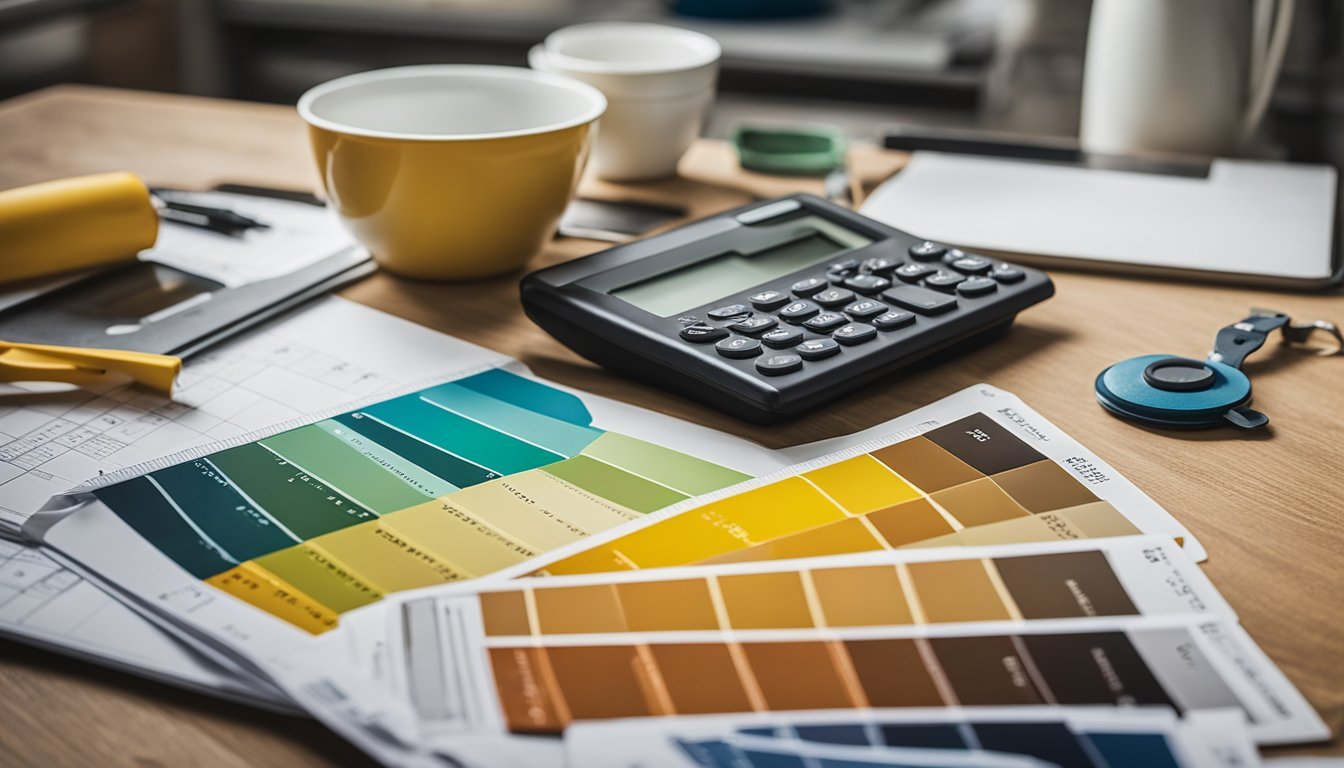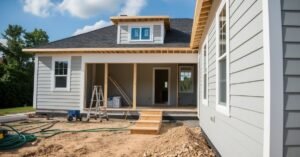A kitchen remodel isn’t just about updating appliances and cabinets; it’s about creating a space where memories are made, meals are shared, and routines are transformed. Whether you’re looking to increase your home’s value or simply improve your daily cooking experience, thoughtful planning is key to avoiding costly mistakes and ensuring the space is functional and beautiful. Before jumping into your kitchen renovation, consider the following factors to guarantee a successful outcome.
1. Set Your Kitchen Remodel Goals
Before picking out appliances or cabinetry, it’s important to define clear goals for your kitchen remodel. Are you looking to create more space for family gatherings, increase storage, or improve the functionality of your cooking space? Knowing what you want to achieve will guide your decisions on layout, materials, and budget.
Key Considerations:
- Do you entertain frequently and need space for guests to gather?
- Are you a home chef requiring professional-grade appliances?
- Do you need more storage for pantry items, cookware, or specialty appliances?
By setting specific goals, you ensure your remodel is aligned with both your current and future needs, whether that’s accommodating a growing family or designing for aging in place.
Checklist:
- List top priorities: storage, appliances, layout, etc.
- Define how you want the kitchen to function.
- Balance aesthetics with practicality.
2. Know the Scope of Your Remodel
Understanding the scope of your remodel is essential for budgeting and planning. Determine whether you need a full kitchen remodel or if smaller, targeted upgrades will suffice.
Key Considerations:
- Does the current layout work for you, or do you need to move walls, plumbing, or appliances?
- Are your cabinets and countertops in good condition, or do they need replacing?
- How are your lighting and storage needs being met?
Structural changes like removing walls or relocating plumbing can significantly impact your budget and timeline. Focus on improvements that will make the most difference in your daily routine, such as increasing counter space or improving natural light.
Real-Life Example: A couple from Naperville opted to relocate their sink and add a large island for extra counter space and seating. By investing in functional changes that met their needs, they created a kitchen perfect for both everyday use and entertaining guests.
Checklist:
- Assess your current kitchen’s layout and pain points.
- Decide if you need structural changes.
- Create a list of “must-haves” vs. “nice-to-haves.”
3. Find Inspirational Designs
Start by visualizing what your ideal kitchen would look like. Browse design magazines, websites, and social media platforms like Pinterest for inspiration. Focus on the design elements that appeal to you, such as color schemes, cabinet styles, and countertop materials.
Key Considerations:
- What aesthetic do you prefer—modern, traditional, or something in between?
- Are there smart home technologies you’d like to integrate?
- How will the kitchen’s design fit with the rest of your home?
Creating a vision board or digital folder can help you organize your thoughts and communicate your ideas to designers and contractors. Don’t forget to think long-term. A timeless design will ensure your kitchen remains functional and stylish for years to come.
Checklist:
- Gather inspiration from various sources.
- Decide on a cohesive design theme.
- Think about long-term functionality and aesthetics.
4. Create a Realistic Budget

Setting a practical budget is one of the most critical aspects of a kitchen remodel. Homeowners often underestimate costs, leading to overspending or running out of funds before the project is completed. It’s essential to allocate your budget based on priorities and include a contingency for unexpected expenses.
Key Considerations:
- Major expenses will include cabinetry (30-35% of the budget), countertops (10-15%), and appliances (up to 20%).
- Don’t forget smaller items like backsplash, paint, and hardware.
- Consider whether professional design services are necessary.
Budgeting for Surprises: Set aside 10-20% of your total budget for unforeseen issues, such as water damage or electrical upgrades. This can help prevent costly delays and keep the project on track.
Checklist:
- Break down your budget by category (cabinets, countertops, appliances).
- Set aside a contingency fund for unexpected issues.
- Get multiple quotes from contractors to ensure competitive pricing.
5. Design for Functionality and Aesthetics

A well-designed kitchen balances practical functionality with visual appeal. By optimizing the layout, storage, and lighting, you can create a kitchen that works seamlessly for your cooking habits and lifestyle while still looking beautiful.
Key Considerations:
- The work triangle (sink, stove, refrigerator) should have clear paths to minimize unnecessary movement.
- Consider adding a kitchen island for extra counter space and seating.
- Invest in quality cabinets and countertops that will stand the test of time.
Future-Proofing Your Kitchen: Think about how your needs may change over the years. For example, installing pull-out shelves or under-cabinet lighting can make your kitchen more accessible and functional as your lifestyle evolves.
Checklist:
- Optimize the layout for efficient workflow.
- Choose durable and easy-to-clean materials.
- Plan for future needs with flexible design solutions.
6. Make Sustainable Choices
As eco-conscious remodeling becomes more popular, consider sustainable options for your kitchen renovation. From energy-efficient appliances to eco-friendly materials, you can make choices that benefit both your household and the environment.
Key Considerations:
- Opt for energy-efficient appliances with high Energy Star ratings.
- Use sustainable materials like bamboo or recycled glass for countertops and flooring.
- Install LED lighting to reduce energy consumption.
Real-Life Example: One homeowner opted for a combination of quartz countertops (which are non-porous and durable) and energy-efficient appliances, reducing both their environmental footprint and long-term utility costs.
Checklist:
- Research eco-friendly materials.
- Choose appliances with Energy Star certifications.
- Incorporate energy-efficient lighting.
7. Partner with Professionals
While DIY projects can be fun, a kitchen remodel often requires professional expertise. From ensuring the plumbing and electrical systems are up to code to creating a cohesive design, working with the right professionals can save you time, money, and stress.
Key Considerations:
- Choose a contractor with experience in kitchen renovations.
- Regularly communicate with your designer to ensure your vision is being executed properly.
- Ensure all necessary permits are obtained before starting the remodel.
Managing Expectations: Remodels rarely go exactly as planned, so it’s important to have realistic expectations about timelines and potential delays. Stay in regular contact with your contractor and be prepared for adjustments along the way.
Checklist:
- Research and hire a reputable contractor.
- Set up regular check-ins with your designer and contractor.
- Prepare for minor setbacks and be flexible with timelines.




